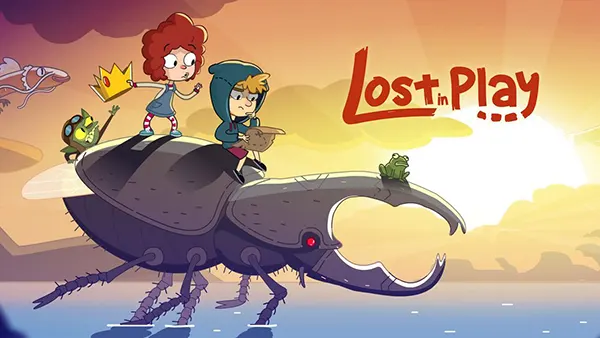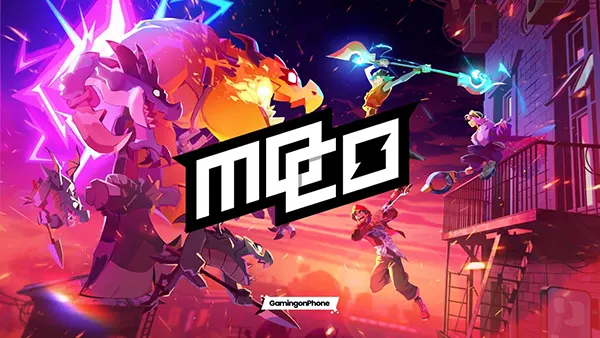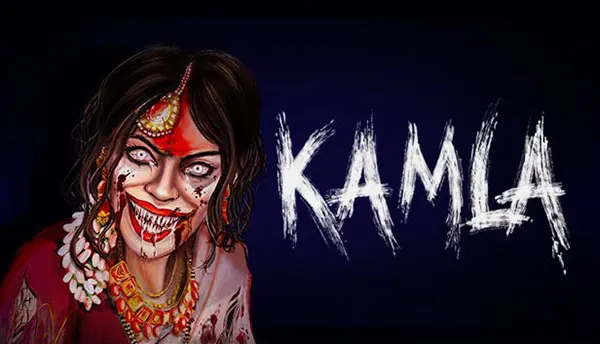Horror games in recent years have moved beyond Western tropes and ventured into cultural landscapes that bring new depth to storytelling. One such project is Kamla, an Indian indie horror title released in 2025. Unlike many mainstream releases, Kamla relies heavily on local folklore, authentic settings, and atmospheric immersion rather than jump scares alone. It is a rare example of how regional storytelling can make a horror experience both unique and globally relevant.
Origins of Kamla
The game was developed by a small studio based in Mumbai, with a clear focus on combining traditional Indian myths and everyday fears of rural life. The team spent considerable time researching folktales from different states of India to weave an authentic horror narrative. Unlike conventional horror titles, Kamla avoids generic haunted house clichés, opting instead for settings such as old village shrines, crumbling haveli mansions, and dense forests familiar to local audiences.
The developers worked closely with historians and cultural researchers to avoid misrepresentation. This not only added realism but also resonated strongly with players who could recognise elements from oral traditions and urban legends they grew up with. As a result, the story of Kamla feels deeply personal, yet accessible to international audiences curious about unexplored mythologies.
The title character, Kamla, represents a tragic figure inspired by several regional ghost stories. Rather than being a one-dimensional antagonist, she embodies grief, betrayal, and unresolved trauma, giving the narrative psychological weight that extends beyond mere horror.
Gameplay Approach
Kamla avoids combat mechanics and instead focuses on stealth, exploration, and puzzle-solving. The player assumes the role of a journalist investigating unexplained events in a remote village. The environment itself becomes an adversary, with sounds of wind, whispers, and shifting shadows amplifying the tension. Each step is carefully designed to heighten the player’s vulnerability, a core element of psychological horror.
The design encourages players to rely on observation. Notes, inscriptions, and artefacts scattered across the setting gradually reveal Kamla’s tragic backstory. This approach ensures that progress feels earned through curiosity rather than straightforward objectives. It also aligns with modern horror design philosophies, where fear grows from anticipation and discovery rather than action.
Replayability is increased through branching narrative choices. Depending on the player’s decisions, the ending may portray Kamla as a vengeful spirit or a misunderstood victim. This ambiguity ensures that the game sparks discussion long after completion.
Visual and Audio Design
The artistic style of Kamla draws inspiration from Indian folk art, rural landscapes, and architectural heritage. The developers deliberately avoided photorealism, instead focusing on textures and lighting that evoke a dreamlike, often unsettling atmosphere. The dimly lit corridors of an abandoned haveli or the flickering oil lamps in a shrine create moments of unease without resorting to cheap effects.
Sound design is a cornerstone of the game’s identity. Instead of orchestral horror scores, the team incorporated traditional instruments like the sitar, tabla, and bansuri, played in unconventional ways to produce haunting tones. The result is an audio landscape that feels culturally authentic while amplifying dread.
Another important feature is the use of regional languages. Voice acting includes dialogues in Hindi, Marathi, and Tamil, accompanied by subtitles. This not only strengthens immersion for Indian players but also provides international audiences with a more authentic experience of local storytelling.
Reception in 2025
Upon release, Kamla was praised for its originality and cultural authenticity. Reviewers highlighted its ability to break away from formulaic horror tropes by presenting a story that feels fresh yet universal. Many critics compared it favourably to internationally acclaimed indie horror titles such as Devotion and Fatal Frame, noting how it demonstrates the power of local folklore in global gaming.
Players particularly appreciated the emotional depth of Kamla’s character. Unlike traditional horror antagonists, she was perceived as both terrifying and sympathetic, creating a more complex reaction. The branching endings further added to its reputation as a thought-provoking horror experience.
The game has also been used in academic discussions on cultural representation in video games, especially within South Asia. It stands as an example of how smaller studios can challenge industry norms by introducing underrepresented voices and traditions into the medium.

Future of Indian Indie Horror
The success of Kamla has inspired a wave of independent developers across India to explore horror from a regional perspective. This trend shows that global audiences are increasingly interested in narratives rooted in authentic cultural backgrounds. Indian indie horror is now being recognised not only as entertainment but also as a way of preserving and sharing intangible heritage.
Several new projects in development for 2026 and beyond are already citing Kamla as an influence. These include games based on Sufi ghost tales, tribal myths, and modern urban legends from cities like Delhi and Kolkata. Each aims to follow Kamla’s example by grounding horror in lived experiences rather than abstract concepts.
For players worldwide, this signals a growing diversification of the horror genre. Indian indie horror titles like Kamla prove that fear is universal, but the stories and imagery that create it are often deeply cultural. This evolution promises a richer, more varied gaming landscape in the coming years.
Final Thoughts
Kamla is more than just a horror game; it is a cultural statement. By blending folklore, atmosphere, and psychological depth, it has carved out a place for Indian voices in global gaming. Its release in 2025 demonstrates the maturity of India’s indie scene and sets a precedent for storytelling that is at once local and universal.
Players who engage with Kamla are not only confronted with fear but also invited to reflect on themes of grief, memory, and cultural identity. It is this layered approach that ensures the game’s relevance far beyond its initial release year.
As the conversation around representation in video games continues, Kamla will likely remain a reference point for both developers and critics, serving as proof that horror can be deeply personal while still resonating worldwide.







